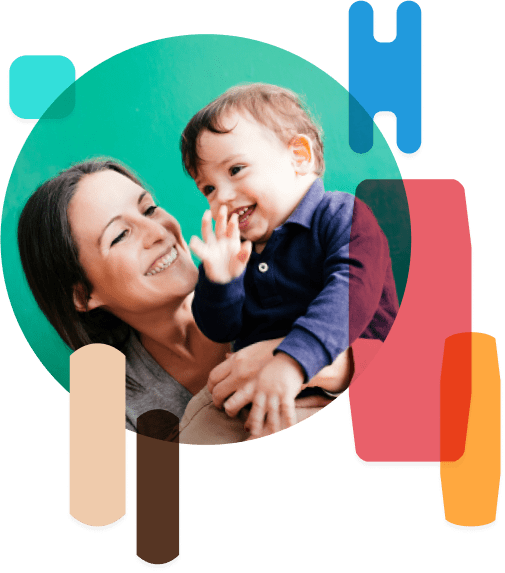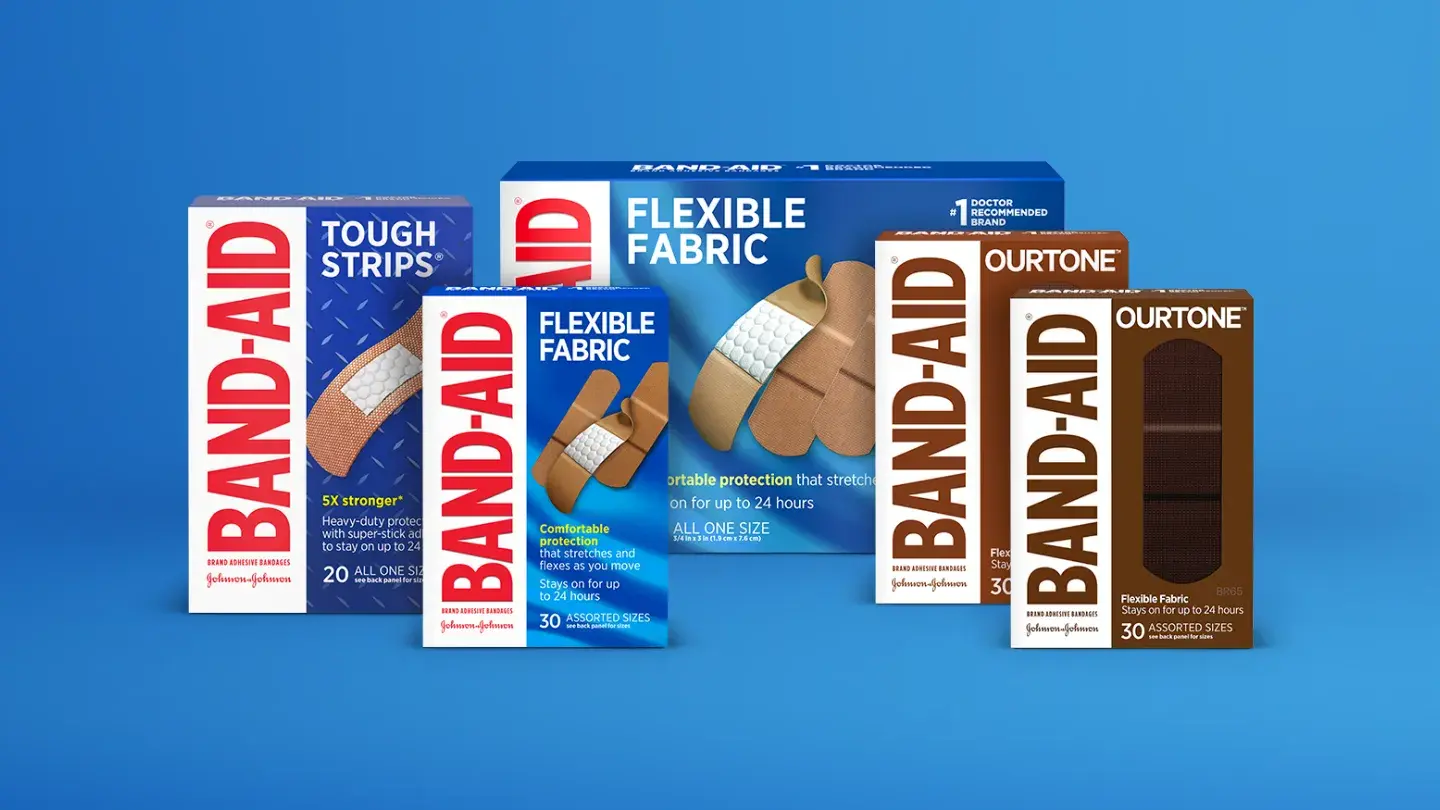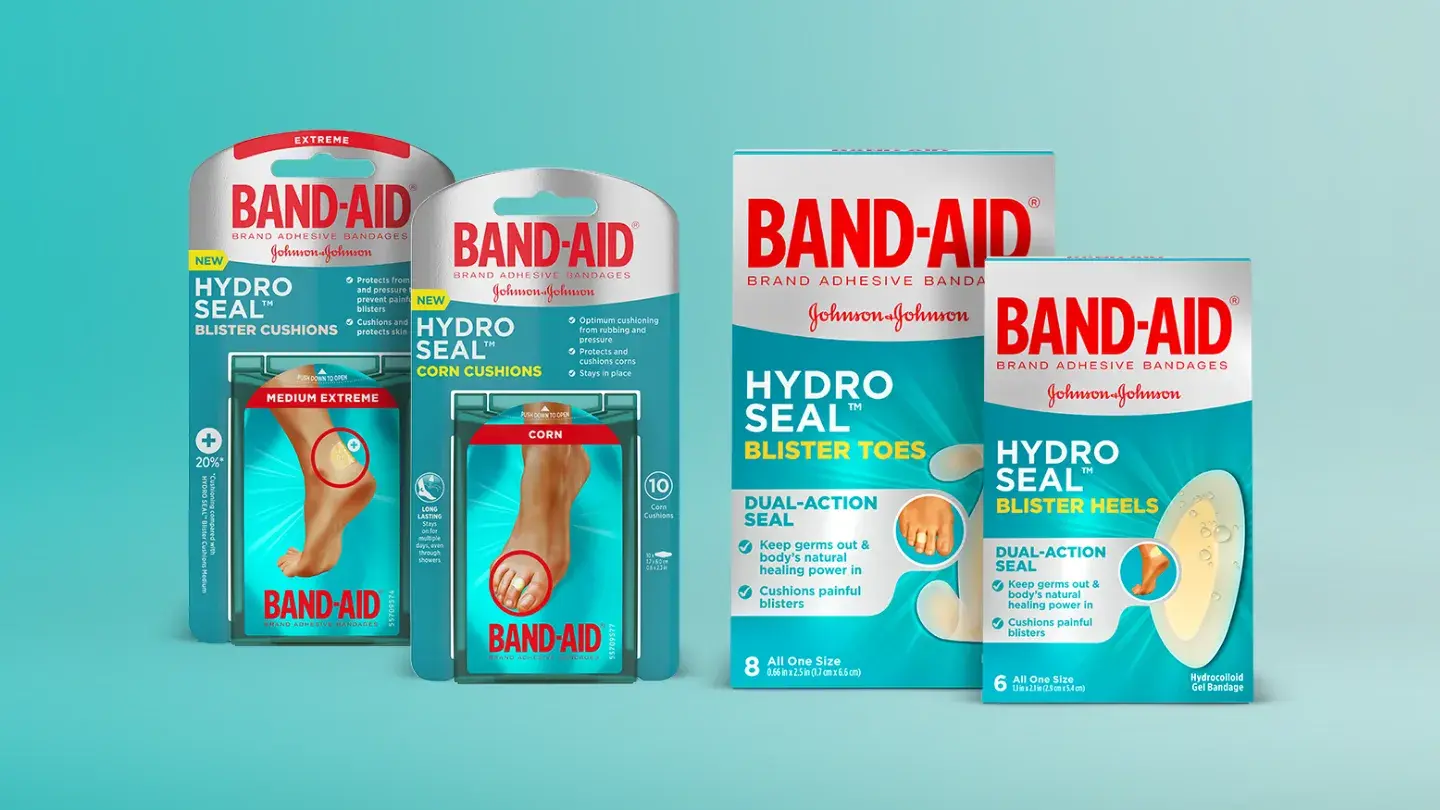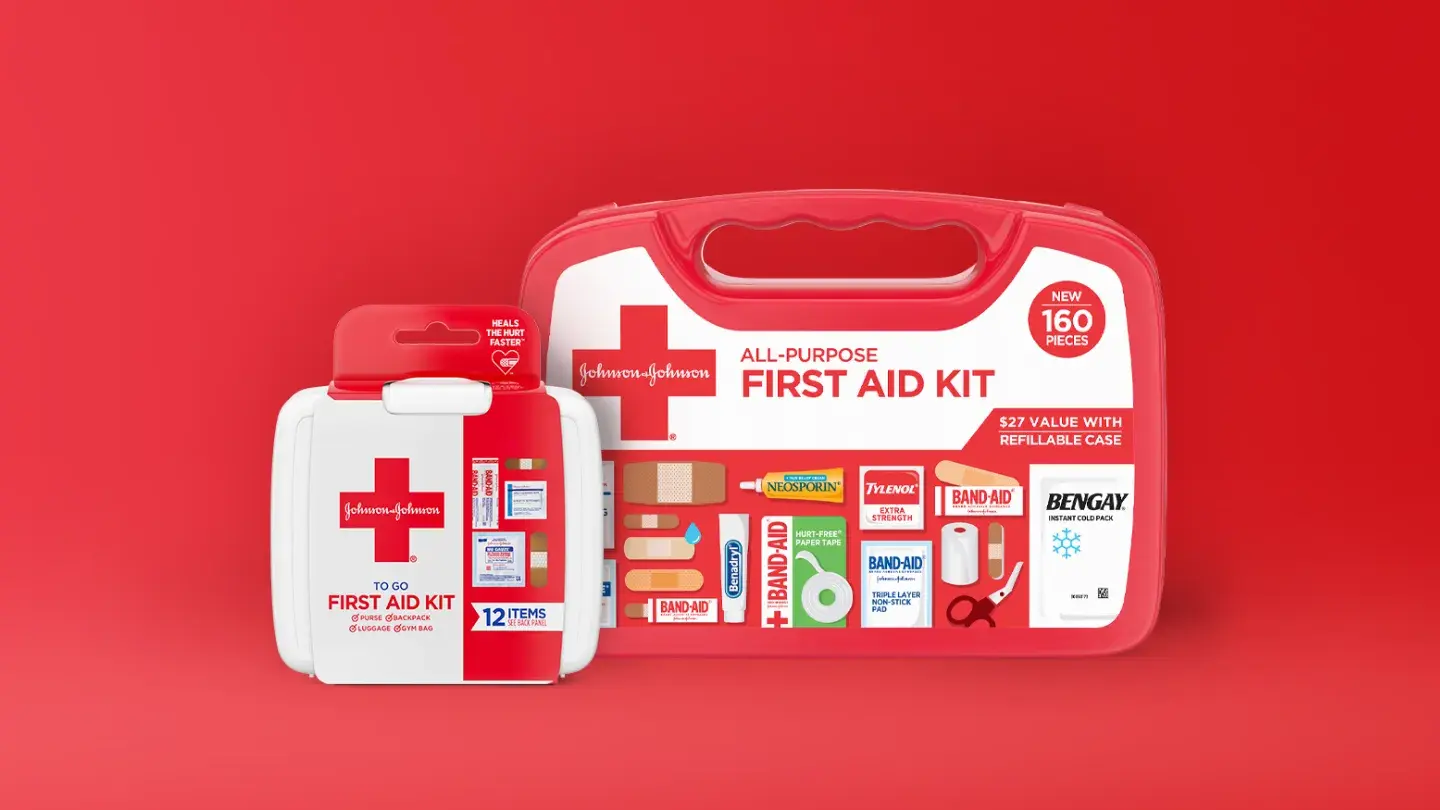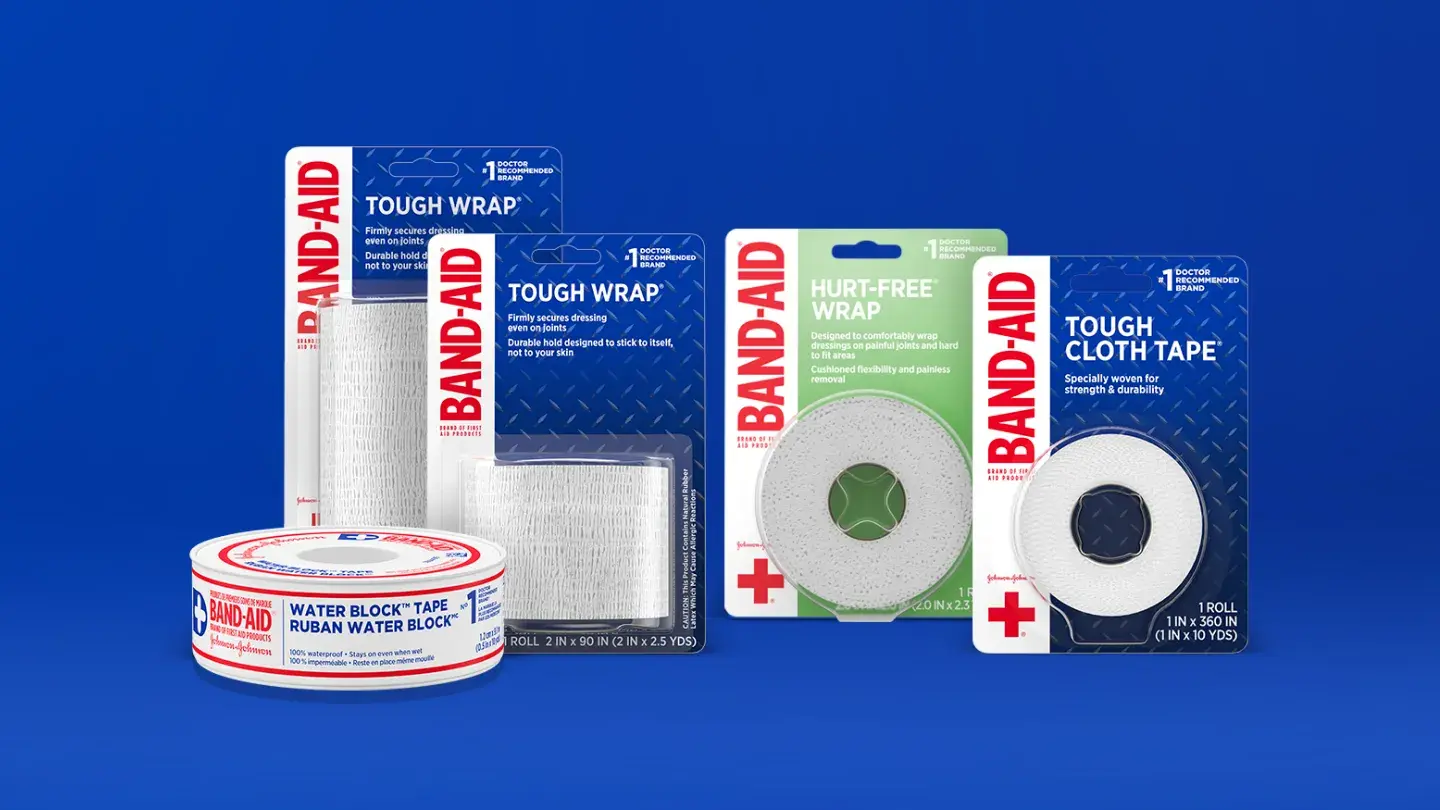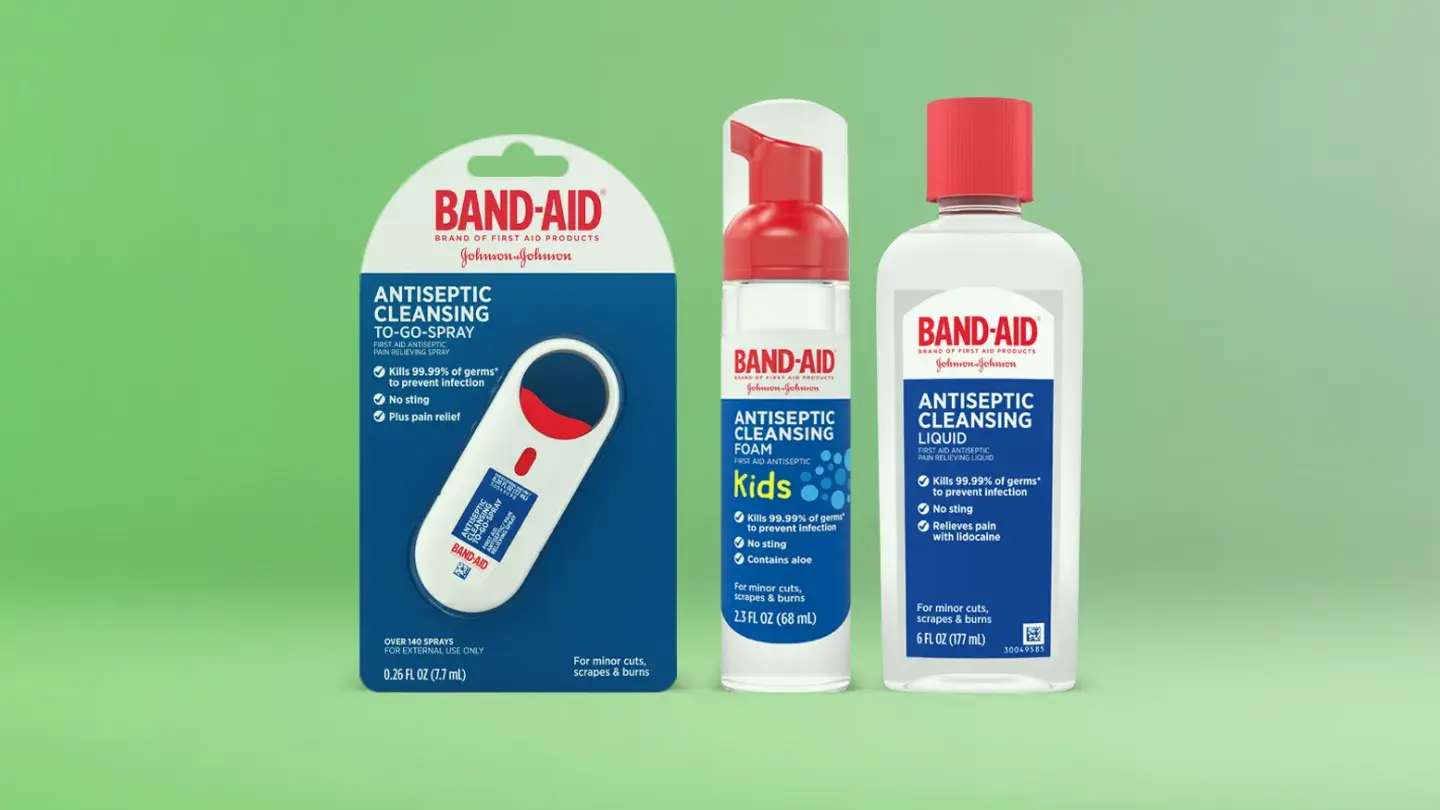FIRST AID BASICS
Caring for Everyday Injuries
Don’t let a minor injury turn into a major worry. Understand how to care for cuts, scrapes, burns, and more so you can heal quickly and properly.
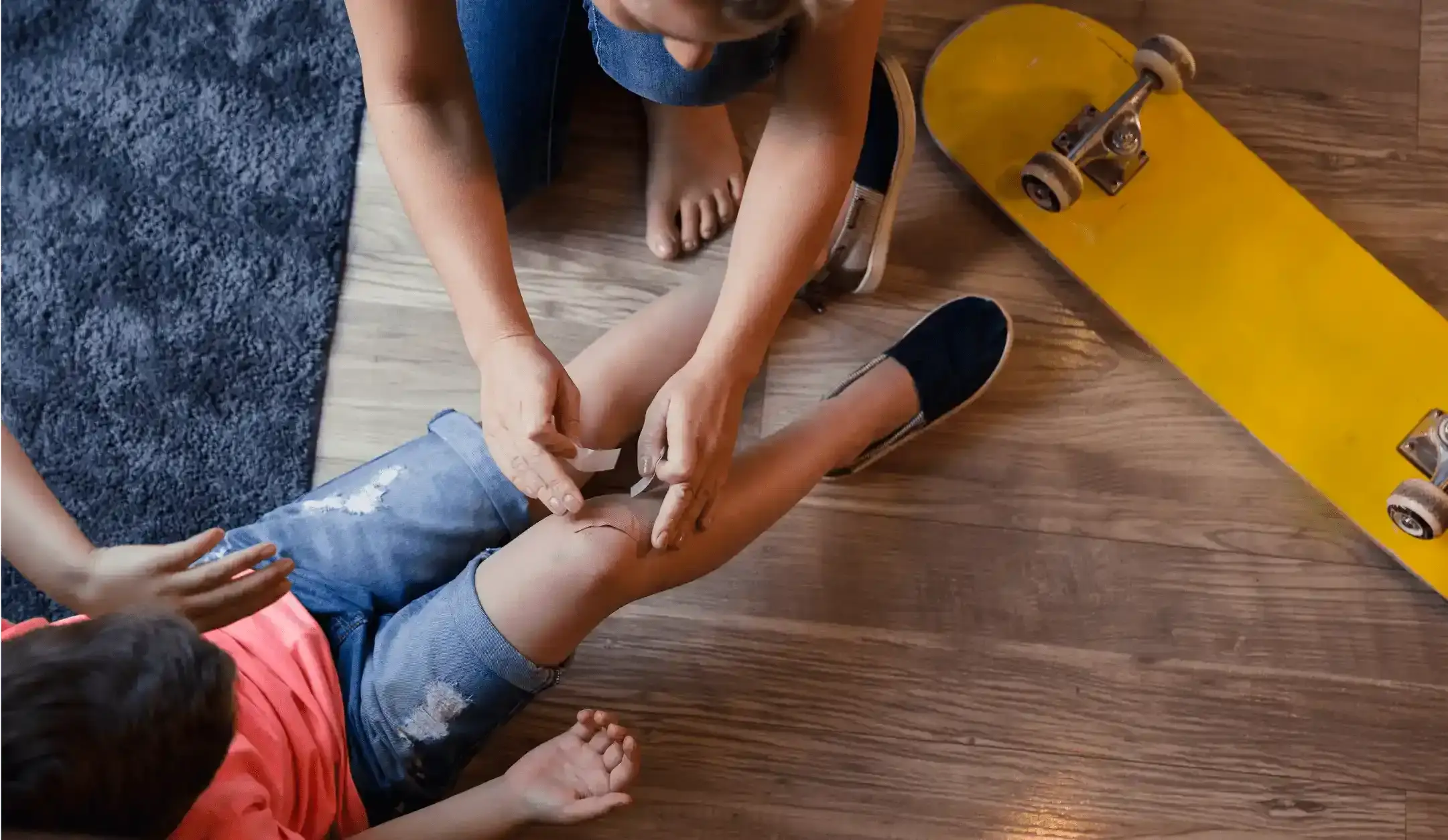
How to Treat Minor Cuts & Wounds
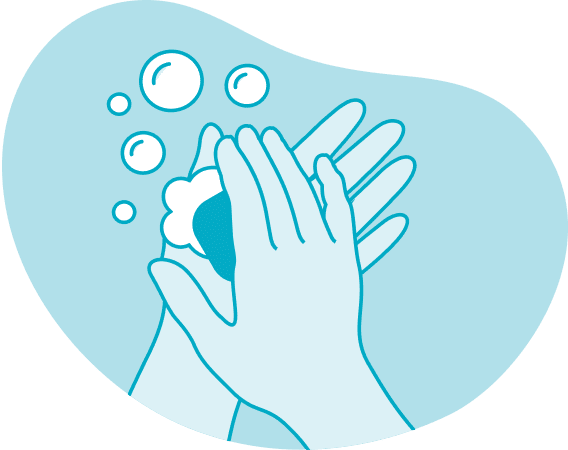
Wash Your Hands
Thoroughly wash your hands before touching your injury. Wear medical gloves if you’re treating someone else.
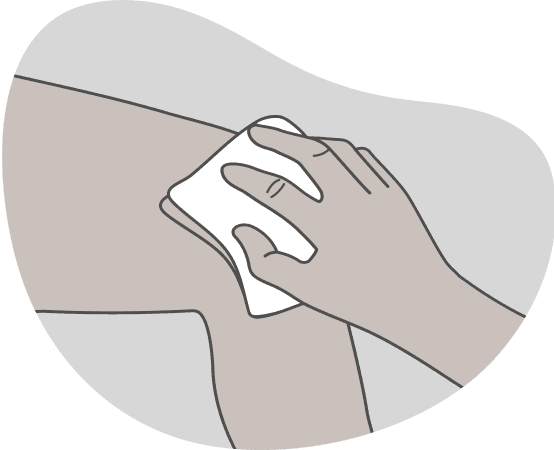
Stop the Bleeding
For 5–10 minutes, apply gentle pressure with a sterile gauze pad or clean cloth. If bleeding continues beyond 10 minutes, call a doctor.
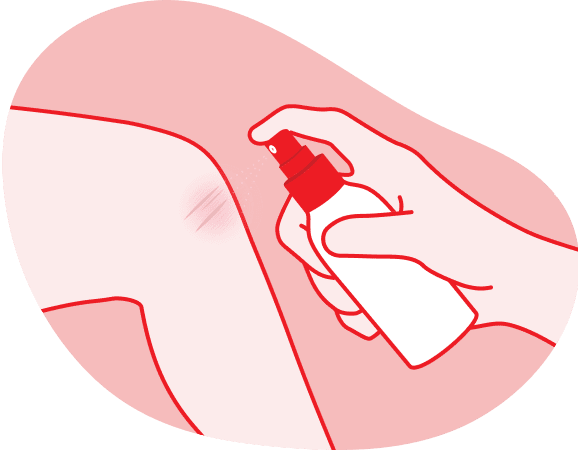
Clean Your Wound
Wash your wound with mild soap and water, then pat dry with a sterile gauze pad. No access to soap and water? Try BAND-AID® Brand Antiseptic Wash.
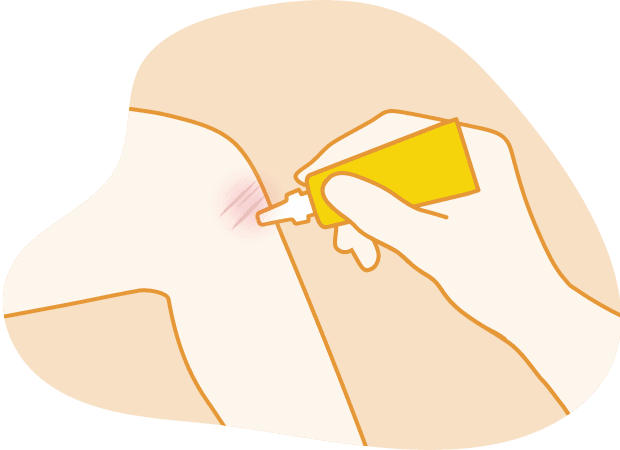
Treat the Area
To help prevent infection, apply a thin layer of NEOSPORIN® antibiotic ointment.
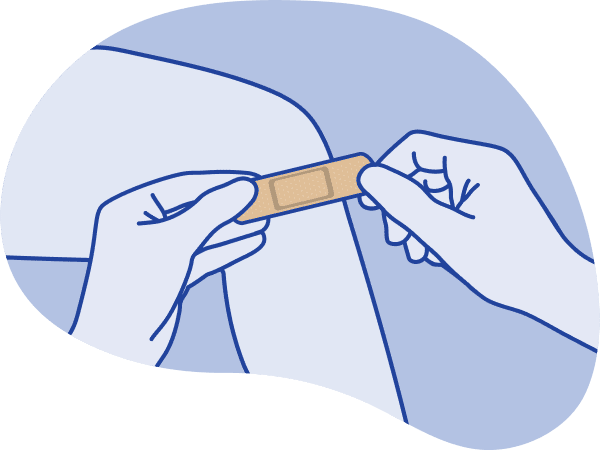
Protect with a Bandage
Protect your wound and help it heal by covering it with an adhesive bandage or with sterile gauze and tape.
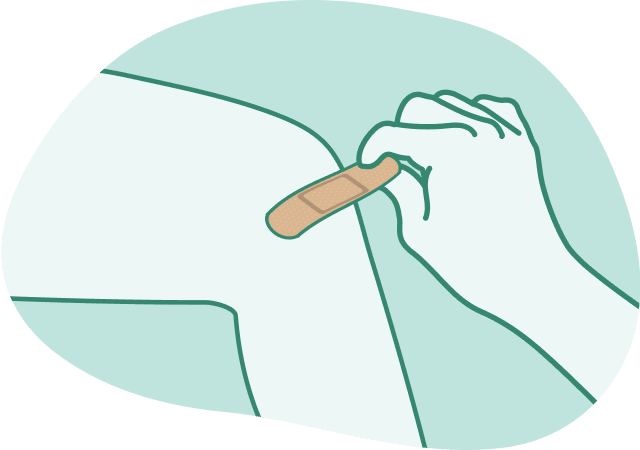
Change the Bandage
Promote healthy healing by applying a new wound covering at least once a day, or sooner if it gets wet or dirty.
Follow-Up Care
Covering is just the first stage of caring for an injury. You’ll want to keep an eye out for infection, look for allergic reactions, and change your bandage as your wound heals.
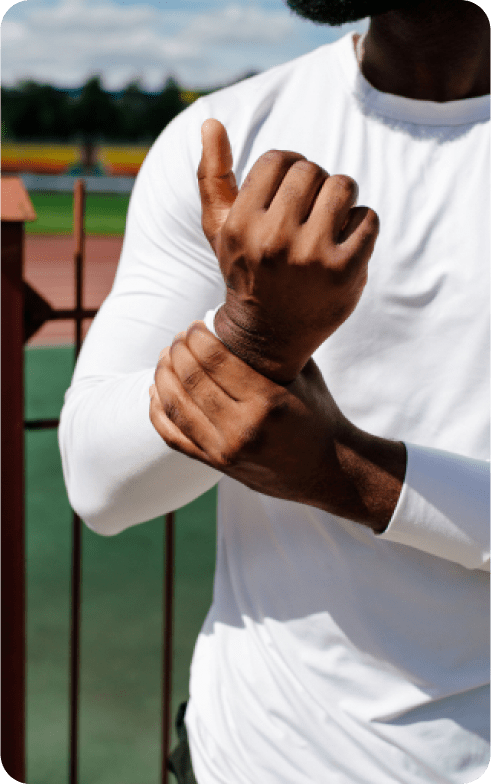
Beyond Cuts & Scrapes: Caring for Other Injuries
Blisters
No popping! Clean with soap and water or BAND-AID® Brand HURT-FREE® Antiseptic Wash, then cover loosely with a cushioned bandage to avoid pressure.1
Burns
Cool the burn with water or a wet compress rather than ice, add a layer of NEOSPORIN® Burn Relief & First Aid Antibiotic Ointment, then loosely wrap with gauze and tape.
Splinters & Sprains
Remove splinters with sterilized tweezers and/or a needle after washing the area and your hands with soap and water. For sprains, R.I.C.E. it! That’s rest, ice, compress, and elevate.2
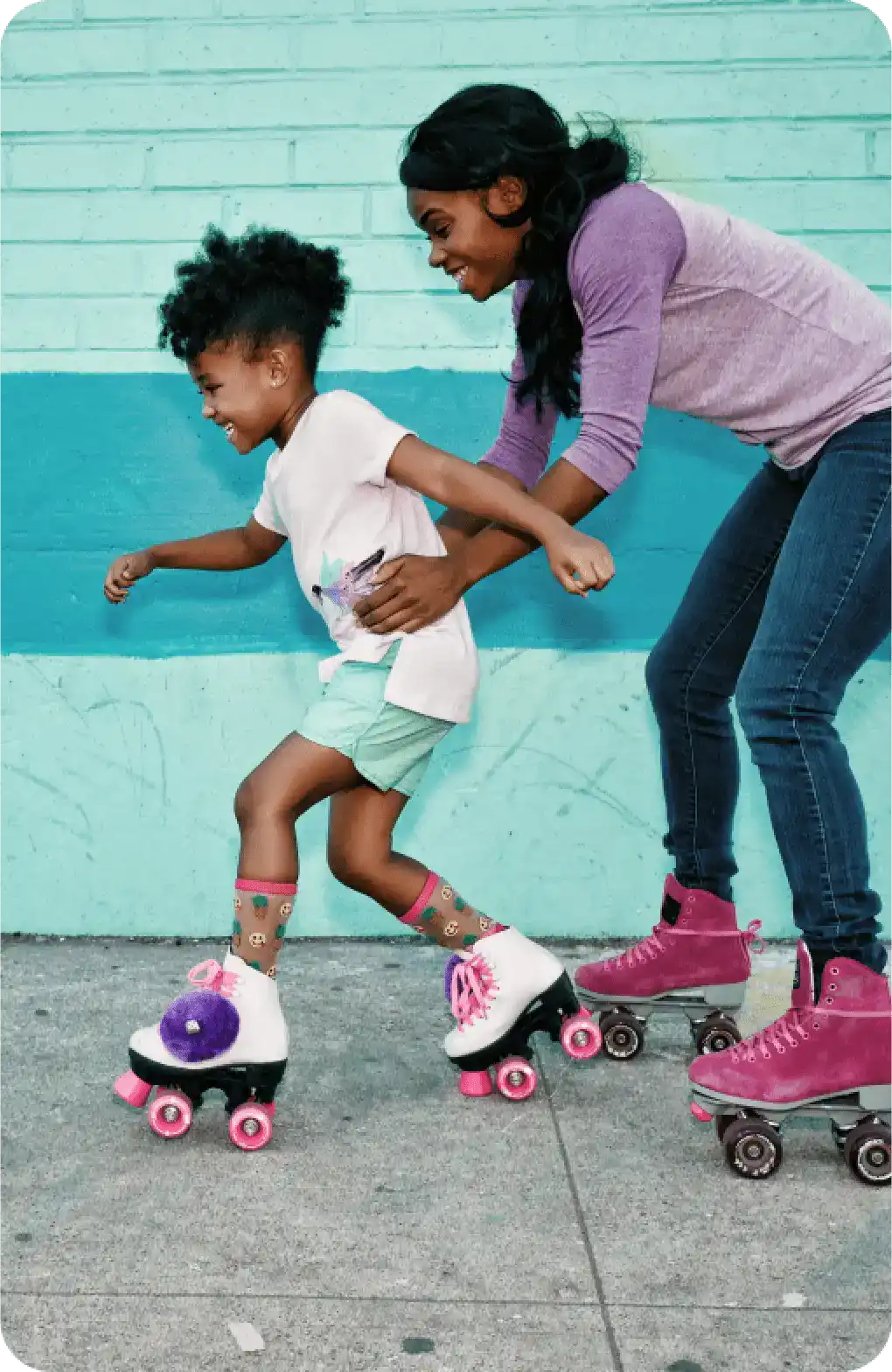
From soccer to camping, from the home medical cabinet to your glove box, first aid needs change from activity to activity and from place to place. Explore our different first aid kits to see which ones are best for you and determine if any add-ons would help make it the perfect kit to fit your needs.
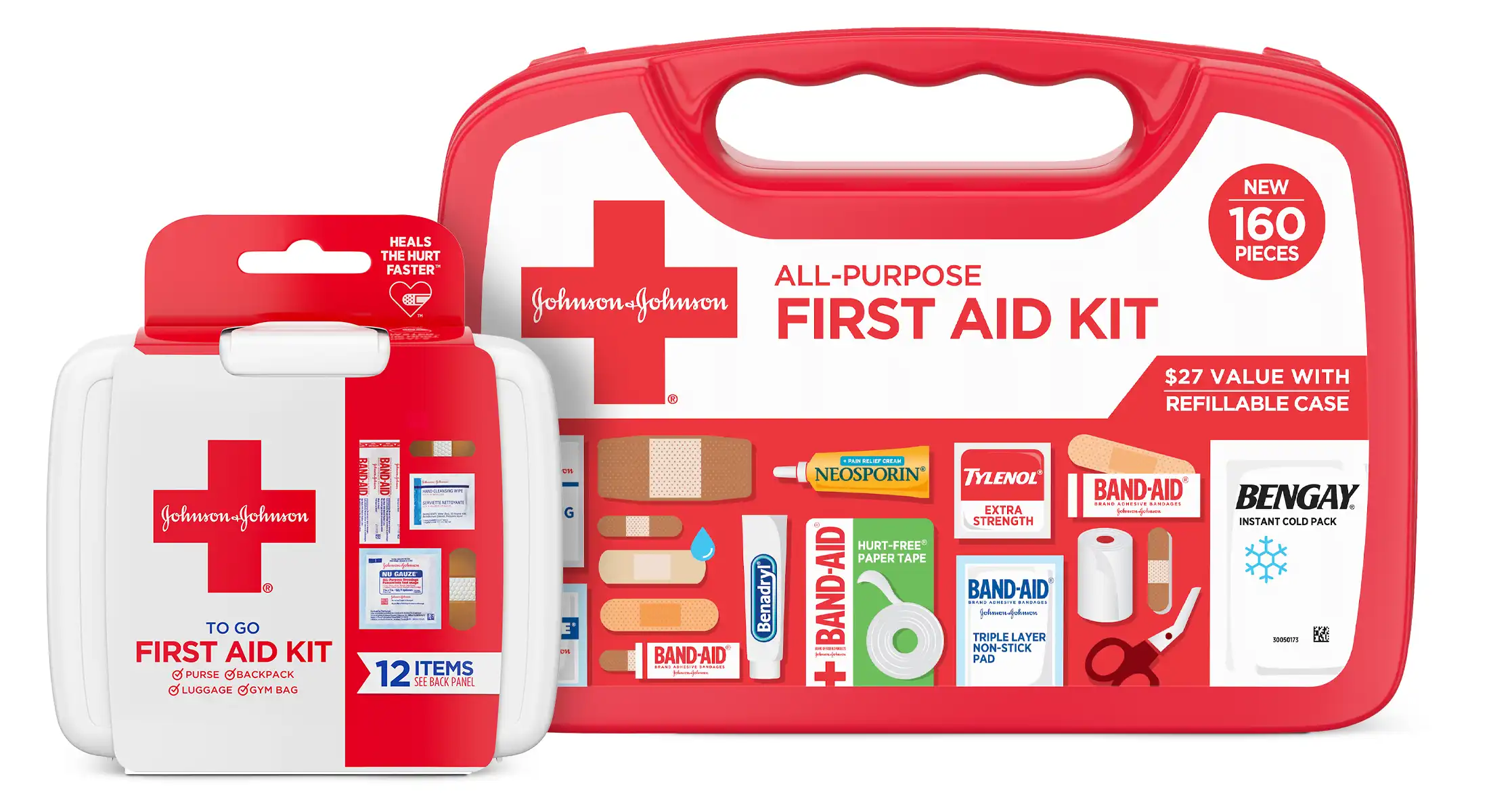
References
How to Prevent and Treat Blisters, https://www.aad.org/public/everyday-care/injured-skin/burns/prevent-treat-blisters
Sprains, https://www.mayoclinic.org/diseases-conditions/sprains/diagnosis-treatment/drc-20377943
When to Call a Doctor
While most minor to moderate wounds and injuries can be effectively treated at home, some should be evaluated by medical professionals in order to prevent infection and ensure you heal properly.
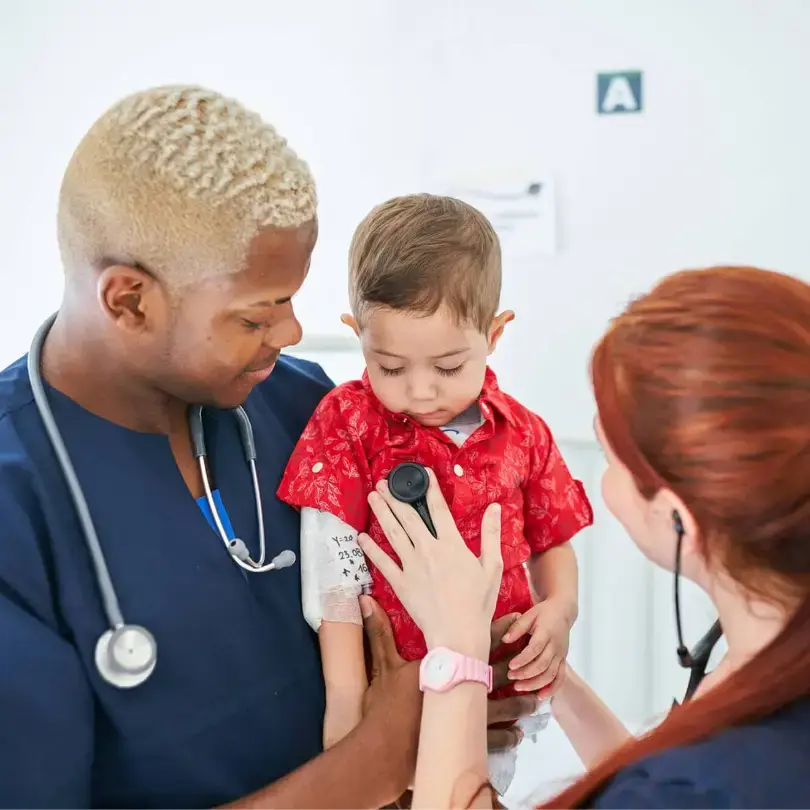
Not sure what to do?
Call our Nurse Hotline to speak with a medical professional.
Seek help for:
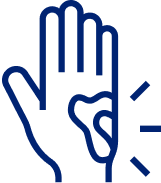
Cuts that are very deep, are more than ½” long, are gaping open, or have jagged edges

Puncture wounds and/or deep injuries where you suspect a bone may be broken
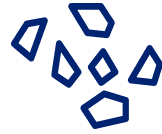
Injuries that cannot be properly cleaned or where glass or dirt is trapped inside

Cuts on the face, especially when close to the eyes

Bites from animals or humans
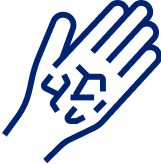
Cuts, scrapes, or burns that are not healing properly, even with routine and proper at-home care

Injuries involving metal or rust if you haven’t had a tetanus shot in the last 5 years
Pick a size, any size!
From extra-tiny to pretty darn big, our adhesive bandages come in all shapes and sizes to keep your injuries protected while they heal. Get just the size you need or be prepared for any kind of cut with one of our variety packs.

Patches
From 1 ¾” x 4” to 4 ½ ” x 5 ½”
Best for knees, elbows, large scrapes, rug burns, and “strawberries”

Regular Strips
From ¾”x 3” to 1 ¾” x 4”
Best for any minor cut, scrape, or burn

Small Strips
From ⅝” x 2 ¼” to ⅜” x 1 ½”
Best for paper cuts, small wounds, injection sites

Fingers & Knuckles
From 1 ½” x 3” to 1 ½” to 2 ¼”
Best for cuts and scrapes on finger and toe knuckles

Spots
⅞” x ⅞”
Best for insect bites, acne, injection sites

Hydrocolloids
From .8” x 2.3” to 2.4” x 2.75”
Best for blisters, burns, and other minor injuries that need cushion for comfort
*Approximate sizes. See the product’s page or box for actual sizing.
All First Aid Basics Articles

FIRST AID BASICS
What Are Scabs? And How to Heal Them Fast
Scabs are a natural part of the body’s healing process when wounds are left uncovered. If you’ve ever had a wound, big or small, you’ve probably had a scab!
In this article, we look at what a scab is, how they heal and how you can care for them, to help make your healing process even better.

FIRST AID BASICS
Hydrocolloid Bandages
Most of us are likely to experience acne blemishes at some point in our lives, so if you have them – you’re far from alone.
In fact, it's one of the most common skin conditions around. A staggering 80% of people between the ages of 11 and 30 will have a mild form of acne pimples at least once1.
While plenty of treatments are available in stores, you can also use hydrocolloid bandages and patches to absorb fluid from pimples, just as you would other wounds.
Find out all about how these work to create an optimal healing environment, and what makes them so effective.

FIRST AID BASICS
How to Help Cuts & Minor Wounds Heal Fast
Our bodies’ natural healing processes usually spring into action whenever we get a cut, scrape, or minor injury. However, there are certain things you can do to support the healing process, reduce the chances of infection, and help speed up your wound recovery.In this article, we'll look at how you might help heal a cut fast, as well as top general tips to support wound healing.

